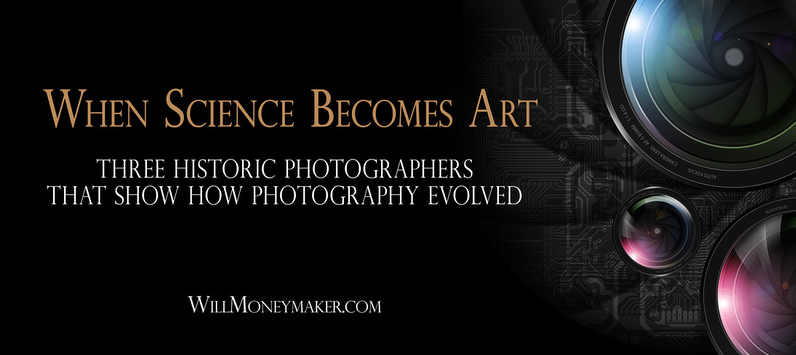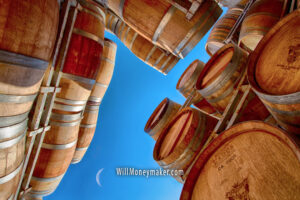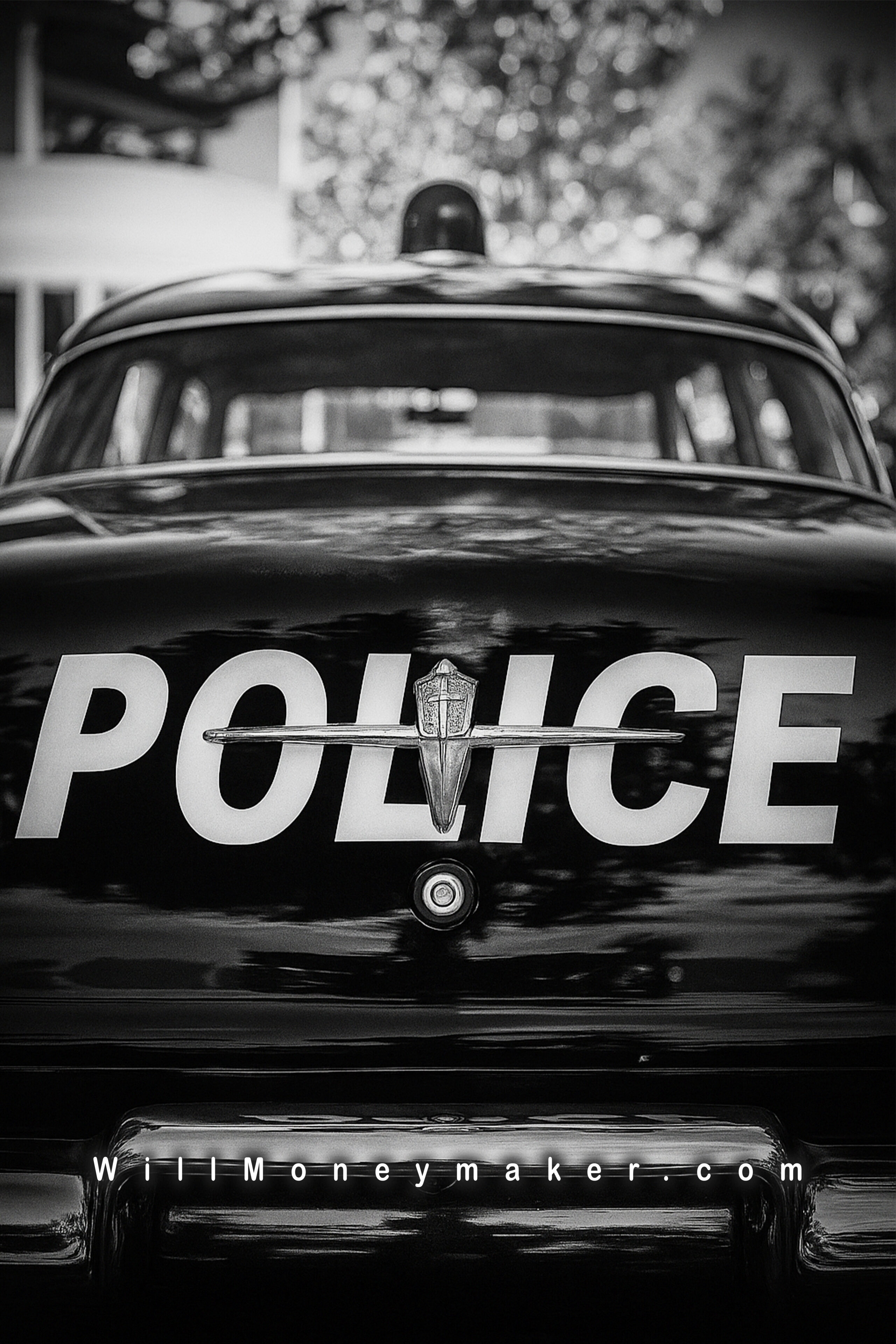In the beginning, photography was very scientific in nature. Photographers and scientists came together, experimenting with light and chemistry in ways never before imagined. However, as time went on, creative thinkers adopted this new method of capturing light and turned it into one of history’s greatest artistic mediums.
There is no one photographer who is directly responsible for taking this science and turning it into an art form. There are, however, a few historical photographers whose work embodies the way photography evolved from a science to an art.
Julia Margaret Cameron (1815-1879)
Throughout much of the Nineteenth Century, photography was regarded as more of a tool for documenting the world than an art form. The process was expensive, time-consuming and difficult, and cameras were cumbersome machines. Photographers chose their scenes with the utmost care, and people posed for the camera with stoic expressions so as not to ruin a precious photograph with an odd expression.
Julia Margaret Cameron was among the first photographers to change all of that. She received her very first camera in 1863 at the age of 48. It was a gift from her daughter, one that Cameron put to good use. In fact, Cameron later wrote, “From the first moment I handled my lens with a tender ardor, and it has become to me as a living thing, with voice and memory and creative vigor.”
Cameron thoroughly enjoyed creating images of her friends and family – so much so, that she never became a commercial photographer with a studio of her own. In her work, you won't find any of the stiff poses or fixed expressions that were common at the time. Instead, Cameron’s portraits resemble the classical portraits made by history’s greatest painters. They are accurate in their detail, but with an ethereal quality that makes the onlooker ponder the emotions and motivations behind the image. “The Mountain Nymph,” taken in 1866, is one such example of Cameron’s work.
Alfred Stieglitz (1864-1946)
Alfred Stieglitz is considered by many to be the most important American photographer in history. Throughout his career, he worked hard to prove that photography was just as important to the art world as painting, sculpting or sketching. In the early years, this caused quite a stir among established photographers – so much so that Stieglitz ended his relationship with New York’s Camera Club and started his own group, called the Photo-Secession.
Stieglitz believed that the photographer must be somehow visible in his own work. Many of the photographers that he worked with interpreted this to mean that each photographer needed to learn his or her own signature print development process. Stieglitz’s trademark, however, had less to do with making prints and everything to do with composition and a rich, broad range of tones in the completed image. This philosophy is evident in images like “The Steerage,” which he said, “I saw a picture of shapes.” Because of Alfred Stieglitz’s influence, photography went from being a vaguely artistic medium to becoming a new form of modern art in its own right.
Paul Strand (1890-1976)
Alfred Stieglitz’s work had a major impact on Paul Strand. In fact, during the early years of his career, Strand worked with and admired Stieglitz. The interesting thing about Strand is that he took everything he learned from Stieglitz and used it to bring photography as an art form into modern times.
Strand’s philosophy was that reality is unchanging. It can't be altered with a brush stroke or an eraser. Cameras record that unchanging reality, and it’s the photographer’s job to bring life and meaning to it.
You can see that philosophy in photos like “Abstraction.” This image is made with simple things – a table, and shadows cast by the awning overhead. It’s one of the first abstract photographs ever created, and as such, it doesn't force you to recognize the objects within the scene for what they are. Instead, this image makes you look at everyday geometry in a new and unusual way.
By looking at the work of these three photographers, you can see how photography evolved over time. Once, photographs were viewed simply as a way to document the world as the lens saw it. But over the course of a century, it turned into one of the greatest art forms known to humankind.
Learn More:
- In Focus: Julia Margaret Cameron: Photographs from the J. Paul Getty Museum
- The Steerage and Alfred Stieglitz (Defining Moments in American Photography)
- Paul Strand: Master of Modern Photography (Philadelphia Museum of Art)





